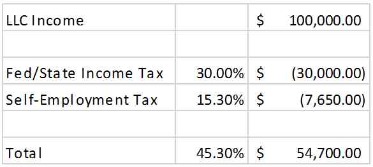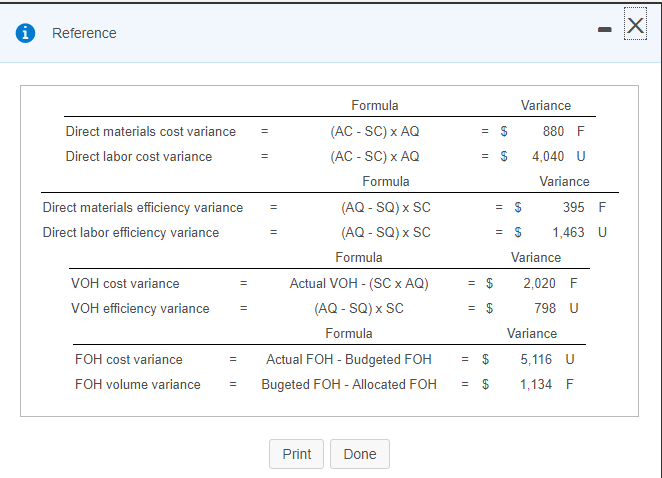
Consider how your monetary choices affect staff morale, from wage increases to embarking on product innovation because of consistently high profit margins. For example, you can offer different shopping experiences like buy online, pickup in-store (BOPIS) and local delivery options. This can help make managing your cash flow easier and take pressure off your top line.
Plan ahead for cash needs
Managing receivables means enforcing payment terms and following up on late payments. You can also offer incentives for clients to pay their invoices quickly, such as a discount for customers who pay within ten days or charging a fee or interest on late who is the primary borrower for a joint mortgage payments. One mistake small business owners make is not sending invoices promptly. When you put off sending invoices, your customers can’t pay you, and this can lead to cash shortages.
Take the time to get organized now and it’ll be easy why isn’t land depreciated to stay on top of it. By implementing the right cash flow management strategies, you can overcome your business’s financial hurdles and achieve sustainable growth. From spreadsheets to dedicated financial management platforms, there are many options for cash flow management tools to help you get a better handle on your business. There are more tools than ever available to assist you with effectively planning for your cash needs and help calm the chaos of cash flow management.
What percentage of small businesses fail due to cash flow?
- Managing cash flow — how much money is going out the door versus how much is coming in — is essential for every business.
- So if it’s been sitting there for a while, it’s time to re-evaluate.
- Consider stowing away profits before planning a growth initiative to ensure you have an accessible reserve if and when needed.
- It ensures cash is available when needed without negatively impacting your cash flow.
You can negotiate both your accounts receivable with customers and your accounts payable with vendors. For example, if a customer purchases a large order and suggests a 30- or 60-day payment term (common with large companies), ask if you can be paid sooner. During tight times, a business may be able to contact the customers and suppliers it has a strong history with to request more favorable terms. Customers may be willing to wave connect 2020 pay invoices sooner, or suppliers may be willing to offer a payment extension. However, the key is to establish strong, trusting relationships before you’re in a situation that requires you to ask customers or suppliers to accommodate the business’ needs.

From anticipated sales revenue, investments, and receivables collections to salaries, rent, inventory purchases, and loan payments. You can prepare your cash flow forecast in a spreadsheet or use financial planning tools like Finmark from BILL. Good cash flow management practices rely on a business’ ability to track, measure, and analyze its cash flow over time. It’s important to always know how much working capital is needed to operate, what the business’ break-even point is, and the state of accounts payables and receivables.
Best Business Lines of Credit
But this compensation does not influence the information we publish, or the reviews that you see on this site. We do not include the universe of companies or financial offers that may be available to you. Annual percentage rates for invoice financing products range from about 11% plus the prime rate to 64%. On the flip side, say you purchase raw materials from a supplier, but it’ll be weeks until you turn those materials into a saleable product. Ask your vendor if you can pay for the materials several days or even weeks after you receive them.
Enter a statement of cash flows, which outlines how your cash position has changed over the last month, quarter, or year. Use inventory management tools to track levels in real time, notify you when supplies are low, or automate orders so you never run out. Reining in your spending should always be a go-to for managing cash flow.
Not staying on top of invoicing is a common mistake small business owners make. Putting off sending invoices means your customers can’t pay you, which can lead to cash shortages. Managing cash flow can be overwhelming, and it’s okay to ask for help. Consider working with an accountant or bookkeeper who can help you with budgeting, forecasting, and cash flow management. Staying on top of your cash flow is difficult when your tax obligations are a mystery.
The Finmark Blog is here to educate founders on key financial metrics, startup best practices, and everything else to give you the confidence to drive your business forward. Now, you know what cash inflow and outflow refer to and how to manage it better. The most exhilarating part of that knowledge is using it to see your SMB or entrepreneurial journey in the future. Dedicating yourself to the prompt collection of AR bolsters cash inflow management. Adversely, timely responses to AP improve transparency and dependability.
What is a cash flow management plan?
If there’s a surplus, think about saving it in a high-yield business savings account to maximize your cash flow. These accounts let you securely hold money you don’t intend to spend right away so your money starts to work for you. One key part of small business cash flow management is getting paid as soon as possible. If you send out invoices immediately, receivables will come in faster. Let’s say you need to overhaul your store’s security system next month. It’s a large expense that could affect your ability to pay your bills.
![Thu Mua Phế Liệu Hà Nội Giá Cao [UY TÍN] Hỗ trợ 24/24](https://thumuaphelieuhanoi.com/wp-content/uploads/2021/07/logo-chuan.jpg)
![Thu Mua Phế Liệu Hà Nội Giá Cao [UY TÍN] Hỗ trợ 24/24](https://thumuaphelieuhanoi.com/wp-content/uploads/2021/07/thu-mua-phe-lieu.jpg)
